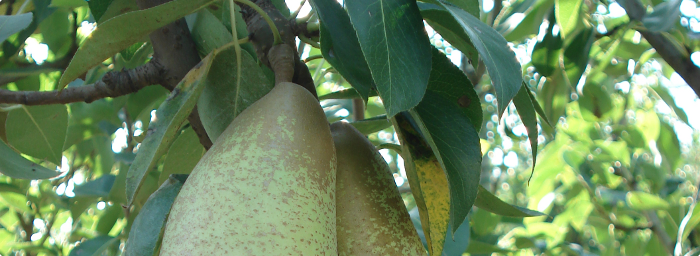Irrigation system
The irrigation management entails for the company several commitments, according to:
- to Reg. CEE 2200/96
- to L.R.28/98 alla L.R.28/99
- to Az.1 – Mis. 214 of PRSR 2007-2013 (Reg. CE 1698/05).
In any case it is advisable to adopt any of three methods of calculating the amount shown for irrigated EC Reg 1698/05.
In the case of Reg (EC) 1234/07; L. R. 28/98; L. R. 28/99, there is a mandatory provision in the way of irrigation.
For each crop, the company must record on special cards in which are recorded and can be identified:
- start date of irrigation
- end date of irrigation
- volume of irrigation used for any action or for the entire crop cycle (the latter option is possible only in companies that use microirrigui plants or growing vegetables and strawberry with a need for frequent irrigation or surface plots that have less than 1 ha)
- Because of rain as derived from rain gauge or weather hut, or having data provided by SAL or SMR (which are exempted from registration because of rain corporations using micro irriguous plants or growing vegetables and strawberry with a need for frequent irrigation or have plots with areas less than 1 ha).
The company must meet for each irrigation the maximum volume expected in the type of soil derived from the table contained in the footnotes culture techniques.
The management of irrigation is implemented using one of three proposed methods - irrigation boards, media, business support specialist - in relation to their business needs and the availability of various technological tools.
However, these methods have in common the following principles:
- the company is in possession of instruments or rainfall data
- the company must irrigate at precise times depending on the type of crop and its water needs
- the company shall not distribute, for each irrigation, volumes that exceed those provided for each crop.
- the Company appropriate documents, according to the above, all stages of irrigation
Drip irrigation of orchards
Drip irrigation, as micro-irrigation system is characterized by outflow of water in the immediate vicinity of the root, low flow and low pressure, from a long period of administration and short intervals.
Investing in a facility of this type has many economic advantages, production efficiency and impact on the local context:
- Low rate of water delivery;
- Uniformity disbursement of water;
- Dry soil between plant rows;
- Control of root zone;
- Better control of diseases;
- Use in morphologically difficult terrain;
- Use in hostile soil particle size;
- Programmatic fertilization;
- Improved tolerance to salinity;
- Better power management;
- Reduction in labor costs;
- No obstacle to the operation of mechanical plants processing;
- Automation and control for all stages of irrigation.
Drip irrigation in orchards, is performed through wings dripping with possibility of auto-compensation (flow constant with pressure) and CNL system (simultaneous start for all the drip drip of the same line).
The water supply to reach a fixed or variable according to the individual needs of each pear variety: from the changes in climatic conditions, the percentage of moisture, the level of annual rainfall, work involved in the production cycle.
Another form of irrigation is called "Microirrigation" orchards. This technique is characterized by outflow of water in the immediate vicinity of the root, the low flow and low pressure, from a long period of administration and short cycles.
Diversification compared to an traditional "drip" irrigation is marginal: in most cases this form of farming is due to the greater ease of working of the underground radical, which in turn depends on crops and production techniques used.
A plant of this kind also involves considerable advantages:
- Low rate of water delivery;
- Uniformity disbursement of water;
- Control of root zone;
- Better control of diseases;
- Use in morphologically difficult terrain;
- Use in hostile soil particle size;
- Programmatic fertilization;
- Improved tolerance to salinity;
- Better energetic management;
- Reduction in labor costs;
- No obstacle to the operation of mechanical processing plants;
- Automation and control for all stages of irrigation.





